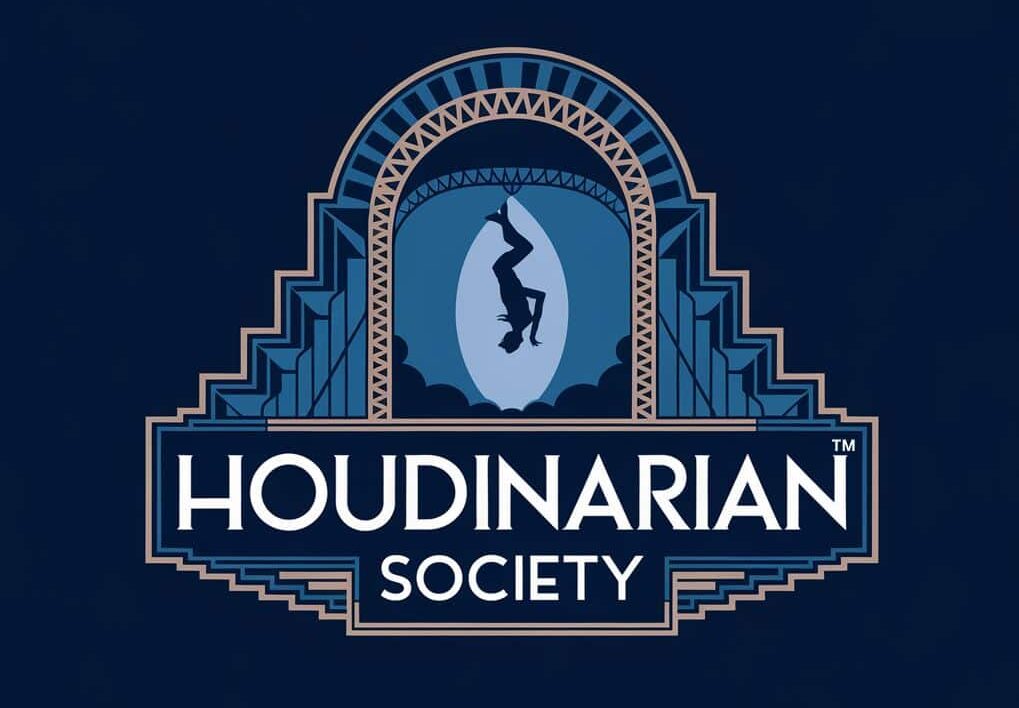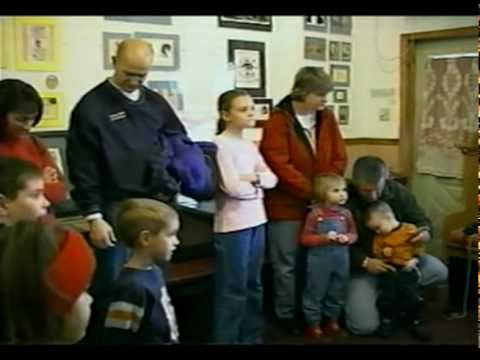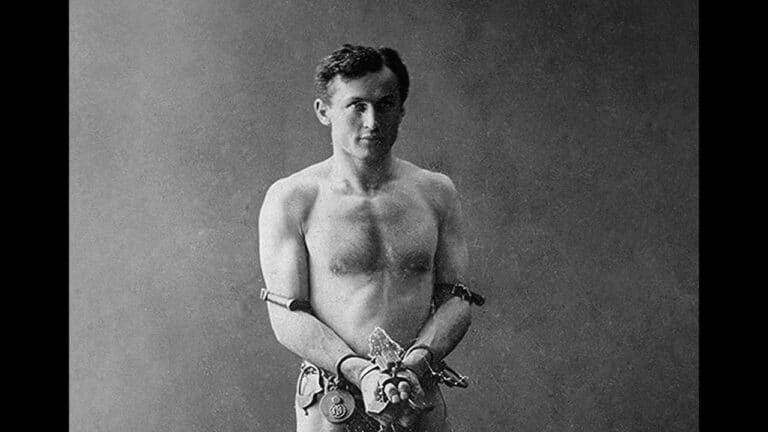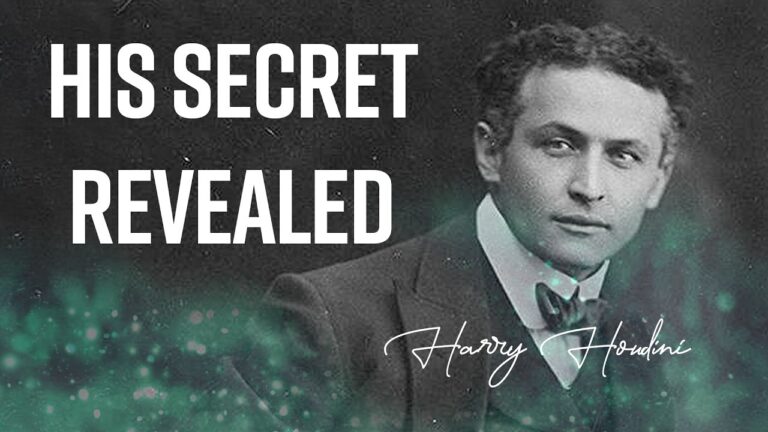The Changing Perception of Magic: From Mysterious Arts to Mainstream Entertainment
Magic has transformed from a mystical art into popular entertainment. Years ago, magicians appeared as mysterious figures. They were wrapped in exotic robes and claimed supernatural powers. Today’s performers take a different approach, connecting with audiences through skill and showmanship.
You can see this shift in how magic has become more accepted and celebrated in modern culture. Even appearing on postage stamps as recognized art. The secrets behind the illusions matter less now than the experience and wonder they create.
The evolution from old-school to modern magic reflects broader changes in entertainment. You’ll find magicians performing in corporate events, on social media, and in intimate settings rather than just on grand theater stages. This accessibility has made magic feel more relatable while maintaining its power to amaze.
The Ancient Roots of Magic

Magic has shaped human civilization since prehistoric times. It wove together ritual practices, cultural beliefs, and the human desire to understand and control natural forces.
Early Magical Practices and Their Cultural Significance
Ancient magical practices began with early humans trying to make sense of their world. You can trace these practices to prehistoric cave paintings and ritual objects.
Stone circles and burial sites show how early societies used magical thinking to connect with supernatural forces. These practices helped people feel more in control of unpredictable events like weather, hunting success, and illness.
Magic served as an early form of problem-solving. It protected people from harm, healed the sick, ensured good harvests, and allowed them to communicate with spirits.
Magic in Ancient Civilizations: Egypt, Greece, and Rome
The magical arts flourished in Mesopotamia and Egypt, where priests combined religious duties with magical practices. Egyptian priests used spells, amulets, and complex rituals to protect both the living and the dead.
In Greece, magic emerged alongside philosophy and science. Greek magical traditions included divination, healing practices, and curse tablets.
Roman society absorbed magical practices from conquered territories. You could find magical services in every Roman city, such as fortune telling, love spells, protective charms, and curse removal.
The Role of Magic in Religion and Mythology
Magic and religion were deeply connected in ancient times. Religious leaders often served as magical practitioners, blending sacred rites with magical ceremonies.
Mythological stories featured gods and heroes using magical powers. These tales helped explain natural phenomena and establish cultural values.
Magic played three key roles in ancient faiths: divine communication, ritual purification, and prophecy and divination.
Ancient temples doubled as centers for both religious worship and magical practices. You would often find priests performing both religious ceremonies and magical rituals in the same sacred spaces.
The Middle Ages and the Renaissance

Magic played a pivotal role in shaping medieval and Renaissance society. People’s beliefs about supernatural forces changed dramatically during these periods, moving from fear and mysticism toward a more rational understanding.
Witchcraft and the Fear of Magic
In medieval Europe, two distinct forms of magic existed: natural and demonic. The Church viewed most magical practices as dangerous and evil.
You would find common folk using protective charms and healing rituals, while authorities punished those suspected of harmful spells. Women faced particular scrutiny, often being accused of witchcraft for simple herbal remedies.
Local communities feared magic’s destructive power. If your crops failed or your child fell ill, you might blame a neighbor’s curse. This led to widespread witch hunts and persecution.
The Influence of Alchemy and Astrology
During the Renaissance, magic became more complex and intertwined with scholarly pursuits. You might find noble courts employing astrologers to guide important decisions.
Alchemists worked in well-equipped laboratories, seeking to transform base metals into gold. Their work laid early foundations for modern chemistry and medicine.
Royal patrons supported these magical practitioners. Your status as an educated person meant knowing both astronomical calculations and astrological interpretations.
The Transition from Mysticism to Entertainment
Magic’s role shifted as scientific understanding grew. You would see street performers using sleight of hand rather than claiming supernatural powers.
Court jesters and traveling shows incorporated magical elements into their acts. The fantastical qualities of medieval magic stories evolved into entertainment rather than serious practice.
Magic became less about controlling supernatural forces and more about creating wonder. You could now enjoy magical performances without fear of divine punishment or demonic influence.
The Birth of Modern Magic

Magic transformed from mysterious occult practices into a respected performing art during the 1800s. Professional magicians developed sophisticated illusions and theatrical presentations that amazed audiences worldwide.
The Emergence of Stage Magic in the 18th and 19th Centuries
Stage magic emerged as a distinct art form in European theaters and music halls. You could witness performers combining sleight-of-hand with mechanical devices to create stunning effects.
Magic shows became a popular form of entertainment for both wealthy and working-class audiences. The Victorian era brought new technological advances that magicians quickly incorporated into their acts – mirrors, trap doors, and elaborate stage machinery.
Theater owners recognized magic’s drawing power and began featuring regular performances. Shows grew more spectacular, moving beyond simple card tricks to include grand illusions like levitation and vanishing acts.
Key Figures in Early Modern Magic
Jean Eugène Robert-Houdin revolutionized magic by performing in formal evening wear instead of traditional wizard robes. His elegant style set new standards for professional magicians.
Notable Pioneers:
- Alexander Herrmann (“Herrmann the Great”)
- Harry Kellar
- Adelaide Herrmann
- John Nevil Maskelyne
Each innovator brought unique contributions to the craft. Some created new illusions, while others developed fresh presentation styles that still influence magicians today.
The Role of Magic Societies and Clubs
Private magic clubs formed to protect secrets and advance the art. These organizations created codes of ethics and helped establish magic as a respectable profession.
The Society of American Magicians, founded in 1902, became one of the most influential groups. You can trace many modern performance standards back to rules these early societies established.
Magic societies provided spaces for performers to share ideas and perfect new techniques. Their libraries preserved historical knowledge and helped train new generations of magicians.
Houdini’s Influence on Magic
Harry Houdini reshaped magic from mysterious spiritual acts into respected theatrical performances through groundbreaking escapes and innovative showmanship. His dedication to exposing frauds while promoting legitimate entertainment helped establish magic as a respected art form.
Houdini’s Early Life and Career
Born Erik Weisz in Budapest in 1874, young Harry discovered his passion for magic while performing on the vaudeville circuit. You might know him as a legendary magician who transformed simple tricks into theatrical masterpieces, but he started as a card manipulator and circus performer.
His early acts focused on traditional sleight of hand and card tricks. Working in dime museums and sideshows helped him develop the showmanship that would later define his career.
By age 24, he had refined his escape acts to stand out from other performers. His wife Bess became his stage assistant, helping create the dynamic performances that would soon captivate audiences worldwide.
Signature Acts and Public Perception
The Chinese Water Torture Cell and the Milk Can Escape became his most famous acts. These death-defying performances drew massive crowds and newspaper coverage.
His most daring feats included:
- Escaping from handcuffs and prison cells
- Breaking free from straightjackets while suspended upside down
- Surviving being buried alive
- Escaping from sealed, water-filled containers
His grand escapades pushed magic into mainstream popular culture. Your perception of magic today stems directly from his ability to generate publicity and create genuine suspense.
Houdini’s Role in Transforming Magic into a Performance Art
Houdini elevated magic by combining physical prowess with psychological manipulation. You can see his influence in modern magic’s emphasis on storytelling and theatrical presentation.
He insisted on perfect execution and practiced obsessively. His dedication to craft set new standards for professional magicians.
His innovative methods and showmanship transformed magic into an art form. You’ll notice his impact in how modern magicians emphasize physical skill and dramatic presentation over claims of supernatural powers.
The Golden Age of Magic
Magic transformed from secretive mysticism into spectacular theater during the late 1800s and early 1900s. The era brought stunning innovations in illusions and presentation that shaped modern magic.
The Rise of Magic on Stage and Screen
Large-scale theatrical illusions became the cornerstone of magic entertainment in grand theaters and opera houses. You would see magnificent props, elaborate costumes, and dramatic lighting that created unforgettable magical moments.
Magic shows drew massive crowds, often filling 3,000-seat venues night after night. The performances featured levitations, vanishing acts, and mind-reading demonstrations that left audiences spellbound.
Television specials brought stage magic to millions of viewers at home. This new medium allowed magicians to reach larger audiences than ever before.
The Influence of Vaudeville and Early Cinema
Vaudeville circuits gave magicians regular work and helped refine their acts through nightly performances. You could find magic acts sharing bills with singers, dancers, and comedians.
Early films captured magical performances, preserving them for future generations. Georges Méliès, a magician-turned-filmmaker, used camera tricks to create magical effects never possible on stage.
Magic acts had to adapt their performances to compete with new forms of entertainment. This pushed innovation in both theatrical techniques and illusion design.
Prominent Magicians of the Early 20th Century
Howard Thurston dominated American magic with his grand illusion show. His signature effect, the “Levitation of Princess Karnac,” amazed audiences across the country.
Harry Kellar pioneered many classic illusions still performed today. His “Blue Room” illusion and “Self-Decapitation” trick set new standards for magical innovation.
Harry Blackstone Sr. toured with a massive show featuring both intimate sleight-of-hand and spectacular illusions. His “Dancing Handkerchief” routine became one of magic’s most beloved effects.
P.T. Selbit created the first “Sawing Through a Woman” illusion in 1921. The effect revolutionized magic and inspired countless variations still performed today.
Magic in Contemporary Entertainment
Magic has transformed from secretive performances into a mainstream form of entertainment that reaches millions through diverse platforms and innovative approaches. Modern magicians blend traditional illusions with cutting-edge technology and storytelling to create memorable experiences.
The Evolution of Magic Shows and Performances
Magic tricks have evolved dramatically from traditional stage shows to interactive experiences. You’ll find magic performances in intimate close-up settings, grand Las Vegas productions, and street performances.
Modern magic shows incorporate elements like:
- Interactive audience participation
- High-tech visual effects
- Musical choreography
- Storytelling and theatrical elements
The style of presentation has shifted from mysterious and supernatural to more transparent and relatable. Magicians now openly admit they perform illusions rather than real magic, which has made their art more respected.
The Impact of Television and Digital Media
Magic’s special place in entertainment has grown through TV shows and social media platforms.
You can now watch magic performances anytime, anywhere through YouTube channels and streaming services.
Digital platforms have created new opportunities for magicians to:
- Share quick tricks on TikTok and Instagram
- Stream live performances
- Teach magic through online courses
- Build global fan communities
These platforms have made magic more accessible and helped create new stars in the field.
Modern Magicians and Their Contributions
Today’s magicians are adapting to changing audience expectations.
You’ll see performers combining classic techniques with fresh approaches.
Notable trends in modern magic include:
- Mental magic and mindreading demonstrations
- Comedy magic performances
- Tech-integrated illusions
- Social media magic stars
Many performers now specialize in specific types of magic, from close-up card tricks to large-scale illusions. This specialization has led to higher skill levels and more polished performances.
Cultural Factors Driving the Change
Magic’s transformation from secretive art to mainstream entertainment reflects profound shifts in media portrayals, public attitudes, and technological advances.
The Role of Media and Popular Culture
Magic has gained significant influence through television shows, movies, and social media platforms.
You’ll find magicians featured prominently on talent competitions and reality TV series.
Popular franchises like Harry Potter and Doctor Strange have made magical themes more accessible to broad audiences. These works present magic as both an entertaining spectacle and a relatable human pursuit.
Social media has given magicians direct channels to engage with fans. Instagram and YouTube let you witness close-up magic and learn basic tricks, making the art form feel more approachable.
Shifts in Public Attitudes and Beliefs
The cultural significance of magic has evolved from mysterious occult practice to respected performance art.
You can now find magic celebrated in prestigious venues and academic settings.
Modern audiences appreciate magic’s blend of psychology, showmanship, and technical skill. The focus has shifted from supernatural claims to celebrating human ingenuity and artistry.
Magic’s zeitgeist is changing, with even the U.S. Postal Service releasing stamps honoring magic as a legitimate art form.
The Influence of Technology and Innovation
Digital effects and modern staging equipment have revolutionized magical performances. Now, you can experience illusions that seamlessly blend traditional sleight-of-hand with high-tech elements.
Virtual reality and augmented reality create new possibilities for magical experiences. With these tools, you can interact with illusions in ways previously impossible.
Social platforms and streaming services have democratized magic education. You can access tutorials, performances, and behind-the-scenes content from top magicians worldwide.






